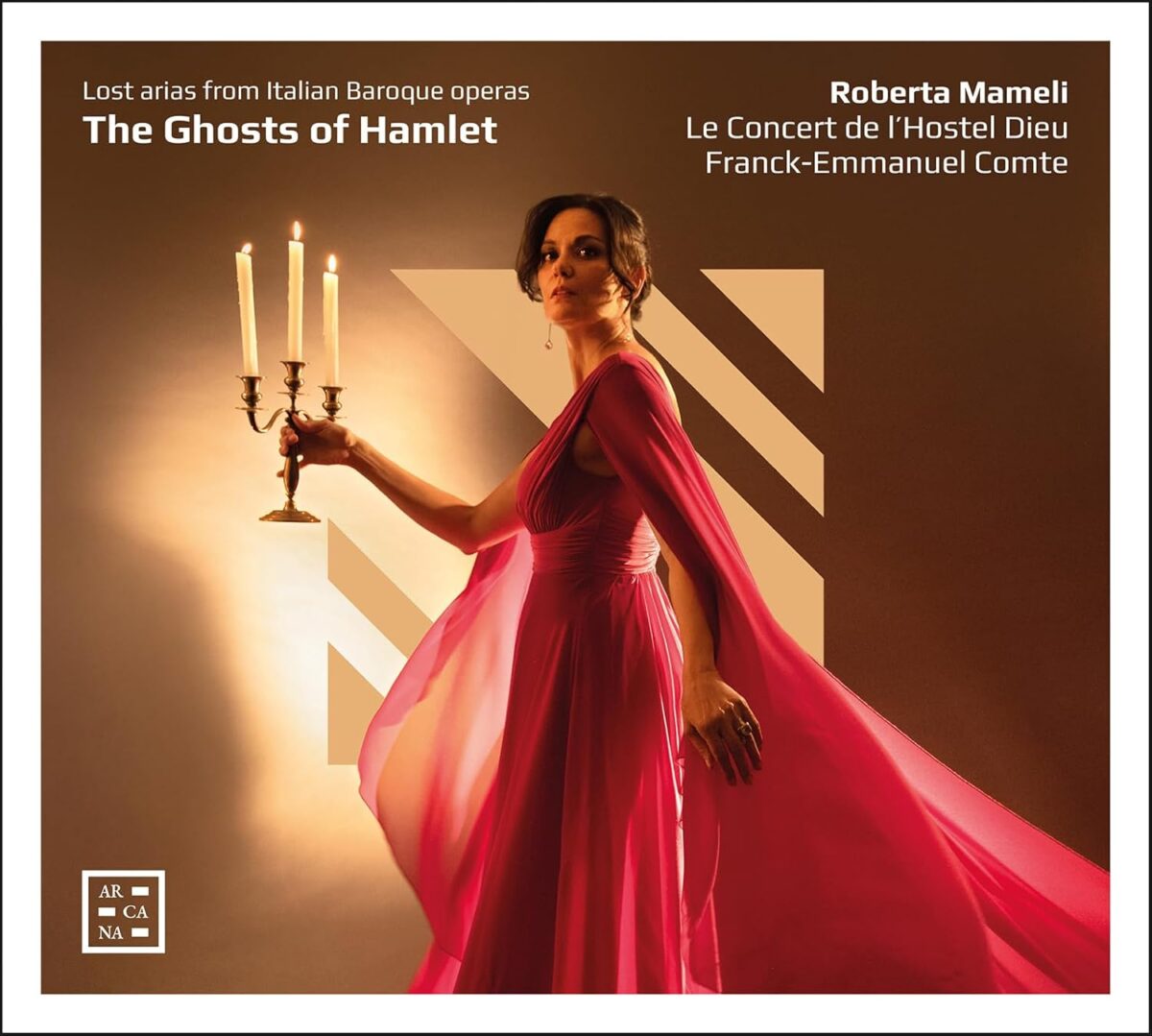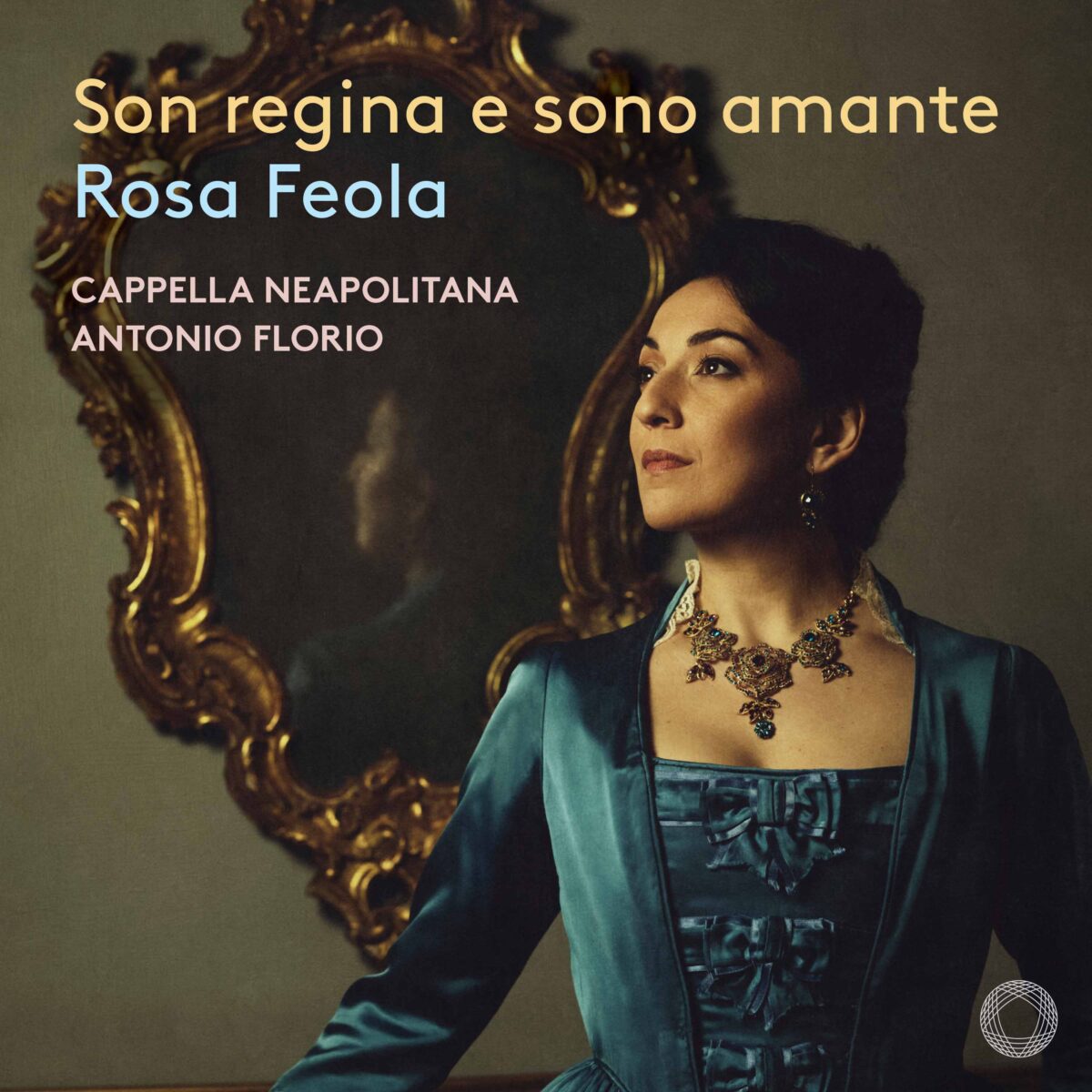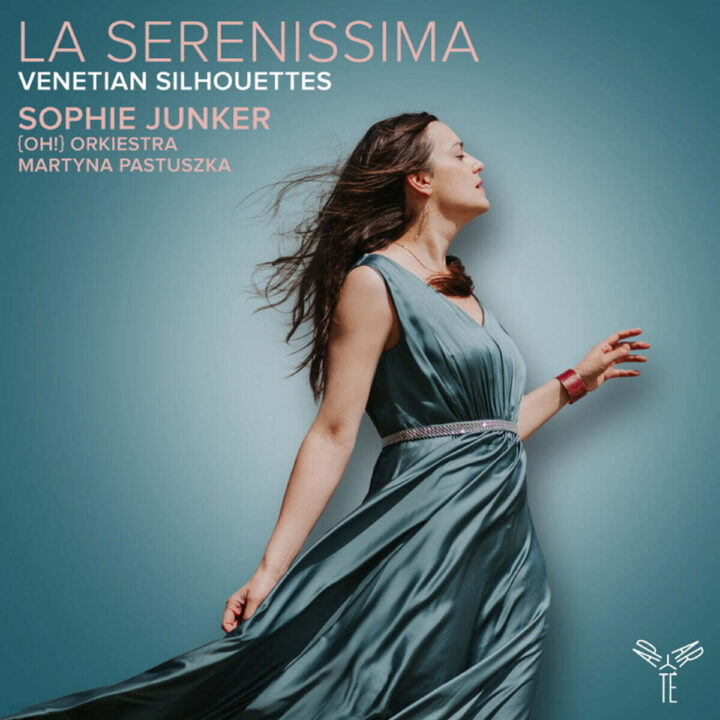
Roberta Mameli, Rosa Feola, and Sophie Junker: three of the world’s most interesting sopranos have every simply launched a brand new CD of typically entrancing 18th century vocal music. And so they all are visiting the NYC space in 2025.
One carried out a live performance simply earlier than spring arrived; one is on the Met till Saturday; and the third arrives in July to headline the crowning occasion of a close-by summer season competition. In mid-March, Italian soprano Roberta Mameli and the French ensemble Le Live performance de l’Hostel Dieu briefly visited New York Metropolis to participate in a collection I had been unfamiliar with, acting at a venue I’d by no means been to. Bohemian Corridor on East 73rd Road hosts the imaginative Facet Chamber Music Sequence in its welcoming fourth-floor auditorium. Mameli and the six-musician period-instrument group have been within the midst of a surprisingly expansive North American tour to advertise The Ghosts of Hamlet: Misplaced arias from Italian baroque operas on the Arcana label.
Mameli’s beneficiant program was helpfully prefaced by a succinct mini-lecture by John Brewer who mentioned the roots of Shakespeare’s well-known play and the way its early Danish supply turned reworked into an Italian libretto for a collection of operas known as Ambleto. Mameli’s CD consists of arias from settings of Apostolo Zeno’s libretto by Francesco Gasparini, Domenico Scarlatti, and Giuseppe Carcani (their Amblet operas premiered between 1705 and 1742) together with a repurposed choice from Handel’s Agrippina utilized in a 1712 London pasticcio normal into one more Ambleto. Given the obscurity of those sources, it was stunning to notice that simply three of the 9 arias have been receiving their world premiere recording.
The tall and chic soprano has an intensive discography of rarely-performed baroque works, so her curiosity in these Hamlet operas ought to come as no shock. And as pleasing as this new recording is, her reside efficiency of lots of the identical arias at Bohemian Corridor was unfailingly vivid, her darkly smoky soprano in prime property as she seamlessly moved all through the prolonged vary of the arias. There have been occasional ill-advised ornaments that took her very excessive however principally the da capo additions have been stylishly including to the emotional and musical influence of every aria.
The arias ranged from heartfelt gradual arias accompanied by simply continuo to energetic allegri stuffed with vigorous coloratura which Mameli tossed off with straightforward command. Though she expertly employed straight-tone when wanted, she additionally infused her singing with tasteful vibrato when wanted. The arias are usually not just for both Ambleto or Veremonda, his Ophelia-like paramour, but additionally for Gerilda, the Gertrude-figure, and Valdemaro, a personality within the Gasparini and not using a Shakespeare parallel.
The live performance added an aria from Johann Joseph Fux’s Angelica vincitrice to the Ambleto numbers, and her blissful encore—the “Lascia chi’io pianga” chestnut from Rinaldo—gave us a preview of one other new recording of hers: she’s Almirena in an uncommon 1731 model of that Handel basic, one during which Armida and Argante are carried out by a mezzo and a countertenor reasonably than the standard soprano and bass.
This recording, although beautiful, doesn’t seize the magic of her NYC encore.
If the live performance and the Ghosts of Hamlet CD don’t reveal unfairly uncared for masterpieces, they did make me curious to listen to extra of those Ambleti. If I had flown over to Vienna this month, I might have seen Gasparini’s in a staging on the Theater an der Wien, a manufacturing during which—with Barbara Hannigan-like aptitude–countertenor Raffaele Pe each sang the position of Ambleto and was the music director!
This season the Met lastly let Feola out of her Gilda straight-jacket (plus her temporary detour as Fedora’s Olga) to carry out Susanna in Le nozze di Figaro. On the premiere, she confirmed herself to be an exquisite Mozartian. I’ve heard the Met’s earlier three Susannas– Lucy Crowe, Ying Fang and Olga Kulchynska—and I assumed Feola the most effective of that quartet, with Fang a detailed second. Feola’s quicksilver maid jogged my memory a great deal of Mirella Freni’s: heat and sly with none soubrette archness. Unsurprisingly, her bewitching “Deh vieni” received the night’s greatest applause. I ponder if she’s leaving the position of Susanna for good as this fall she’s going to seem (let’s hope) with the Washington Nationwide Opera because the Countess.
Simply earlier than her NYC engagement, Pentatone launched Feola’s second solo CD, Son regina e sono amante: a group of eight arias by Niccolo Piccinni accompanied by Cappella Neapolitana performed by Antonio Florio.
Piccinni is finest identified (if identified in any respect) for his comedian opera La Cecchina ovvero La buona figliuola which, regardless of its notoriety, isn’t achieved even in Italy. Primarily based on Samuel Richard’s novel Pamela, Buona figliuola options nice arias and sophisticated ensemble finales that may be acknowledged as predecessors of Mozart’s.
Feola’s survey skips Buona Figliola to incorporate a number of excerpts from the composer’s critical works. Like a lot of his fellow composers, he utilized libretti by Pietro Metastasio, so one will uncover the soprano in intensely elegant arias (my CD favorites) from Artaserse, Ciro Riconosciuto, and Didone abbandonata whose aria offers the CD its title, a phrase which describes simply hundreds of operatic characters.

Didone is the one Piccinni I’ve heard in particular person: it was carried out in Paris in 2003 additionally performed by Florio whose lengthy advocacy of 18th century Neapolitan opera has produced many helpful recordings together with numerous works by Francesco Provenzale whose La Stellidaura vendicante which will likely be produced by the forces of the Boston Early Music Competition this fall.
Feola presents an aria from Lo stravagante in vernacular Neapolitan whose textual content the CD booklet consists of together with its Italian translation: the variations between the 2 are startling. Piccinni adopted many Italian composers to Paris the place within the 1780s he composed a Didon and an Atys, arias from which Feola consists of.
They, like all of the CD’s contents, are completely completed and typically rise to the impressed, however not often do they obtain the really memorable. All through Feola sings with undoubted dedication, spectacular musicality and advantageous agility (however no trill) although the voice can sound careworn on the high. She returns to the Met subsequent yr as Violetta in La Traviata reverse debuting tenor Liparit Avetisyan and baritone Amartuvshin Enkhbat.
You received’t have to attend many months to listen to the marvelous Belgian Junker who will star within the title position of Monteverdi’s L’incoronazione di Poppea with which the Capella Mediterranea make its eagerly-awaited US debut on July12 on the Caramoor Competition.

She, too, has a brand new CD assortment. La Serenissima: Venetian Silhouettes was recorded three years in the past with (OH!) Orkiestra led by violinist Martyna Pastuszka, but it surely has simply been launched this spring. Its contents embody 4 arias by the anticipated Vivaldi in addition to admirable ones by Antonio Lotti, Benedetto Marcello, Tomaso Albinoni and Giovanni Porta, in addition to pairs by Antonio Caldara and Gasparini, together with one more hit from Ambleto.
I first turned conscious of the scrumptious Junker from her excellent Handel recording La Francesina on which she performs arias from each operas and oratorios written for French soprano Elisabeth Duparc.
I acquired to listen to the closely pregnant Junker carry out most of this program on the Halle Handel Competition final yr and her vivaciously golden soprano was much more ravishing in particular person.
And this new assortment gives extra examples of Junker’s enjoyment of baroque music as she effortlessly tackles yards of sixteenth notes in addition to spinning out lengthy legato strains with attractive élan. And her excessive notes are nice! Nevertheless, I’m disturbed by a number of off-putting musicological choices. For one, the haunting gradual aria from Vivaldi’s Ottone in Villa is meant to have an echo impact with a second soprano answering the primary. As an alternative of a voice, we get Pastuszka’s violin. Once I was first listening to the CD, I didn’t discover that one thing was lacking from an aria I do know nicely from a number of full Ottone recordings. On my second and third listening to, I noticed one thing was off: why embody an aria when you can’t do it because the composer supposed?
The disk’s different fake pas is its incomplete model of the magnificently intense aria “Come mai puoi vedermi pianger” from Benedetto Marcello’s cantata Arianna abbandonata. We hear the A and B sections then solely the instrumental introduction to the da capo repeat of A! I had thought this archaic follow had way back disappeared. It’s a very lengthy aria, however don’t mutilate it merely to incorporate one more Vivaldi violin concerto when there are tons of of them available elsewhere.
But, even with these caveats, La Serenissima is an lovely CD, a group of nice favorites and new discoveries sung radiantly by the irresistible Junker. Whereas I additionally heartily suggest the Mameli, Feola’s earnest effort stays much less important.